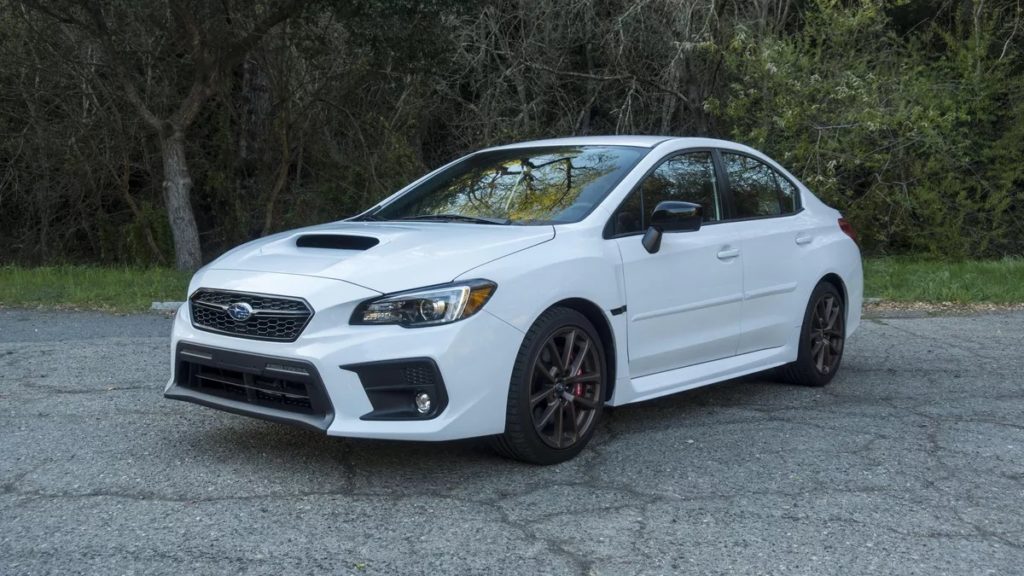Automobile technology has come so far from where it was just a mere few decades ago. Thanks to that, today’s cars have much better performance capabilities and features. However, it’s still likely that you’ll hear myths about how you need to change out your oil after every 3,000 miles or that larger vehicles are safer than smaller ones during accidents. Such statements are not true. Some of them are outdated and don’t apply to the improved technologies we have today, while others are also marketing tactics to get us to spend more money. Here’s a list of some of the most popular car myths.
The color of your car will determine how often you’ll get pulled over for speeding
This myth is likely rooted in color psychology. Because red is the color of power, danger, and, in some way, speed, it’s easy to believe that red cars are more likely to get pulled over. The color of your car doesn’t have so much impact on how frequently you’ll get pulled over by speeding as the type of car you’re using does. The most ticketed cars for speeding include the Subaru WRX and Volkswagen GTI. These vehicles are some of the most ticketed because they’re usually the choice of young drivers on a budget. These young drivers are also those more likely to drive faster than the speed limit.
So if you’re worried about whether the color or finish of your car’s powder coating will catch some unwanted attention from traffic enforcers, remember that it’s more a matter of the model of your car and, of course, whether or not you’re actually speeding.
You’re better off being in a larger vehicle during an accident
The logic here seems sound. If an accident occurred, larger vehicles would be much more protected than smaller ones such as Sedans and 4WDs. But that isn’t true. Much research has been geared towards finding answers to this, and results mostly find that smaller cars, particularly of a luxury brand, are safer. This is because these cars have better safety features than most.

Using premium fuel will make a positive difference
The logic seems to line up – using premium fuel will make your car run better. On the contrary, however, spending extra on premium gas is nothing more than a waste of money. According to the American Automobile Association (AAA), American drivers wasted up to $2.1 billion dollars in 2015. The truth is that higher octane fuel simply won’t do anything for your vehicle if it isn’t the fuel that the manufacturer recommends. As a general rule, you’re better off using the fuel that the car manufacturer prescribed for your vehicle – even if it’s a less expensive variant.
The same applies to using fuel that isn’t meant for your vehicle in general. For instance, filling up your tank with jet fuel, apart from failing to make your car fly, will also cause it to stall. This is what happened in New Jersey in 2012 when a gas station was mistakenly pumped with jet fuel that it ended up giving to its customers. The cars pumped with jet fuel ended up stalling out.
Vintage cars are better
We can often get caught up in the nostalgia and aesthetic of days gone by, and our fixation with vintage cars proves that. What’s truly impressive about classic cars is that there are people who go to the trouble of preserving them and keeping them shiny. However, the same can’t be said about these cars’ performances and safety. The truth is that vintage cars are unsafe compared to contemporary ones.
Road safety standards from decades ago were different from the ones that we have today. This means that these older cars were built with those different standards in mind. On top of that, there were limited options available for car materials and parts at that time, so these cars aren’t as reliable or long-lasting as the ones in today’s mainstream market.
You have to change your oil every 3,000 miles
Some years back, manufacturers and oil change shops recommended that you change out your car’s oil after every 3,000 miles. Since then, however, car engines and oil makeup have both improved such that we can cover more mileage without oil changes.
If you’re still seeing advertisers or oil change shop workers saying that you should change your oil as frequently as every 3,000 miles, be aware that it’s just a tactic to get you to spend more money. Today, car manufacturers recommend oil changes from 6,000 to up to 10,000 miles.

